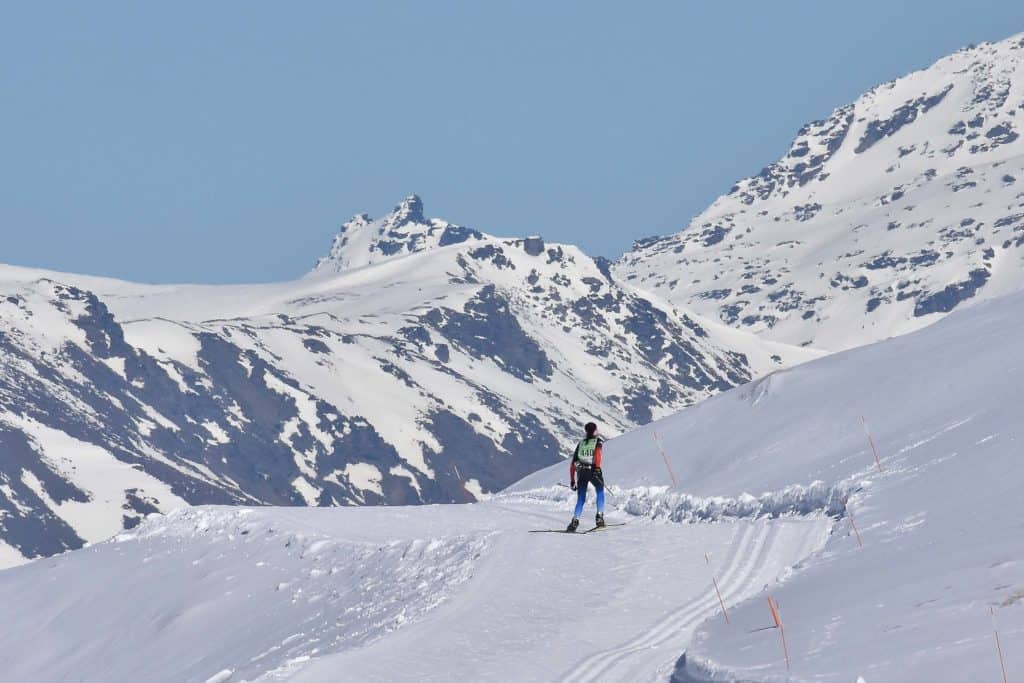This post is also available in:
 Norsk bokmål
Norsk bokmål
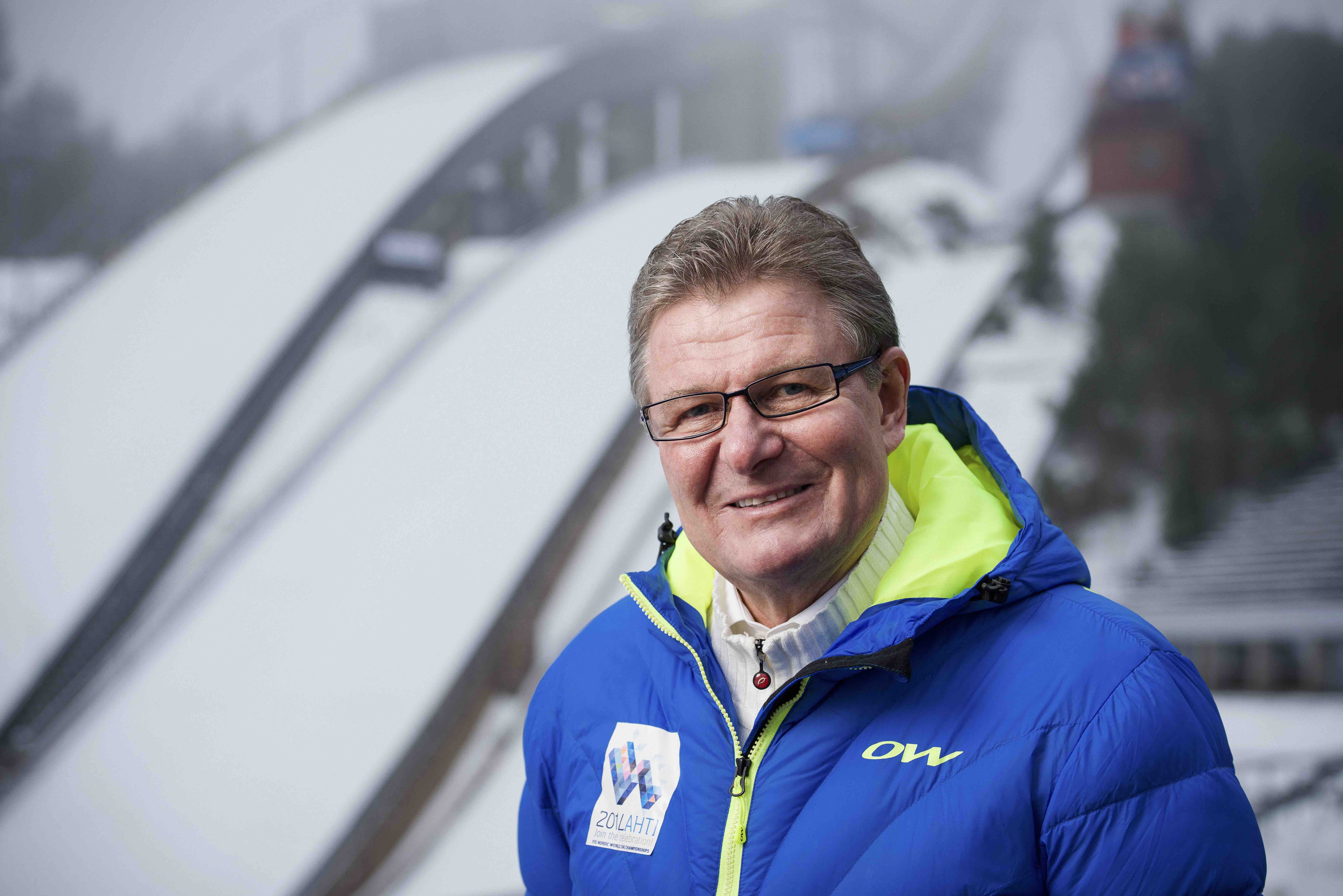
Do you both love travelling and cross country skiing? curious to meet new friends in the cross country tracks and tie lasting friendships?
Worldloppet promotes and organizes cross country marathons around the world, and gives you the opportunity to gain your own everlasting Master title if you’re just persistent enough.
XC-marathon.com has been talking about Worldloppet, the races and the idea behind it with Worldloppets president, Finnish Juha Viljamaa.
XC-marathon.com: First and foremost, it might be interesting to get to learn what the basic idea behind the concept of Worldloppet is; The history, the motivation for establishing the concept and who it primarily is for?
Juha Viljamaa: -behind the idea of Worldloppet was the dream of an American owner of a cross country ski destination and the founder of the largest xc-marathon in the United States, American Birkebeiner; Tony Wise. He wanted to attract

international customers and thus make cross country marathons more popular. The world was very different in the 70´s and cross-country skiers needed a form of motivation and encouragement to travel to other countries and other races. In addition, the information about other races was sparse. He saw a need for a common ground and to gather more people. Wise started by looking for partners for the idea and found them in the Euroloppet series, which consisted of 5 races then. Eventually, Worldloppet started with 9 races and there were no major expectations from the partners to begin with. Wise invested a lot of his own time and his own money to ´ get the motor running ´, and his efforts paid off quickly. Even in the second year there were skiers that completed the Worldloppet passport (more on the Worldloppet passport further down; editors note). The organization is founded for all skiers but the main focus was on the most committed skiers from all levels. Thus Worldloppet has since 1978 given skiers motivation to experience the xc-marathon world and to share experiences between the race organizers.
After a short time, Worldloppet was a big dream for a small group of people who wanted to make the skiing world better, and strengthen the understanding between skiers.
Juha Viljamaa is himself a Worldloppet Master
How were you yourself introduced to the cross-country sport, how have you participated as a skier over the years and how has the journey to the position as President of Worldloppet been?
JV:-I’ve been skiing since I was three years old. In Finland, cross-country skiing is a national sport in the same way as in Norway and Sweden. Throughout my career I have held various positions in the Lahti Ski Club. The key year was in 2002, when I was elected President of Finlandia-Hiihto, the Finnish Worldloppet race, which I myself participated in for the first time in 1981. I started (organizational; ed. note) by attending the Worldloppets annual meetings in which all member races were represented, and I thought the organization was very interesting. Later I was elected for the board of Worldloppet, and now I have been President of Worldloppet for 2 years. I am even Worldloppet Master (completed 10 races in 10 different countries and at least one on another continent; ed. note.), and I am proud of that. I have participated in 13 out of 20 races in Worldloppet. In the winter, cross-country skiing is the natural choice of sporting activity for me.

Complete ten races in ten different countries and become a Worldloppet Master
How would you describe the development of the Worldloppet concept since its beginning?
JV:-Worldloppet as an organization is fundamentally the same as it was at the start, but the difference is that the number of members (races; editorial note) has grown to 20. Only the best races in a country can become a Worldloppet race. And our geography is much wider now than in the beginning. Two years ago, we changed our organisation to become more professional. The first 30 years the administrative work was done mainly by volunteers, and later by part-time employees. Today we have a full-time general manager and office in Tartu, Estonia. Our daily manager and her staff takes good care of our daily work and makes our brand stronger. The media and the flow of information have also changed most of things through the years. In addition, travelling is easier and almost every skier travels in one way or another. Of course, we have some plans for future development. Perhaps we will open the organization more and also grow in numbers in the near future.
..But the main concept for the racers has been the same for 40 years: You must complete 10 races in 10 different countries to become a Worldloppet Master. Since our customers like it, it shows the strength of the original idea. For some it just take 2 years to become a Master, but it can also take 30 years. Everyone is welcome.
How did you come up with the name Worldloppet? It seems like a mix between english and swedish?
JV:-The roots of the name Worldloppet originated from Euroloppet since it largely is based on this series of races. Euroloppet can probably be linked to Vasaloppet, since it was the most famous xc-marathon race in the world when Euroloppet was founded.
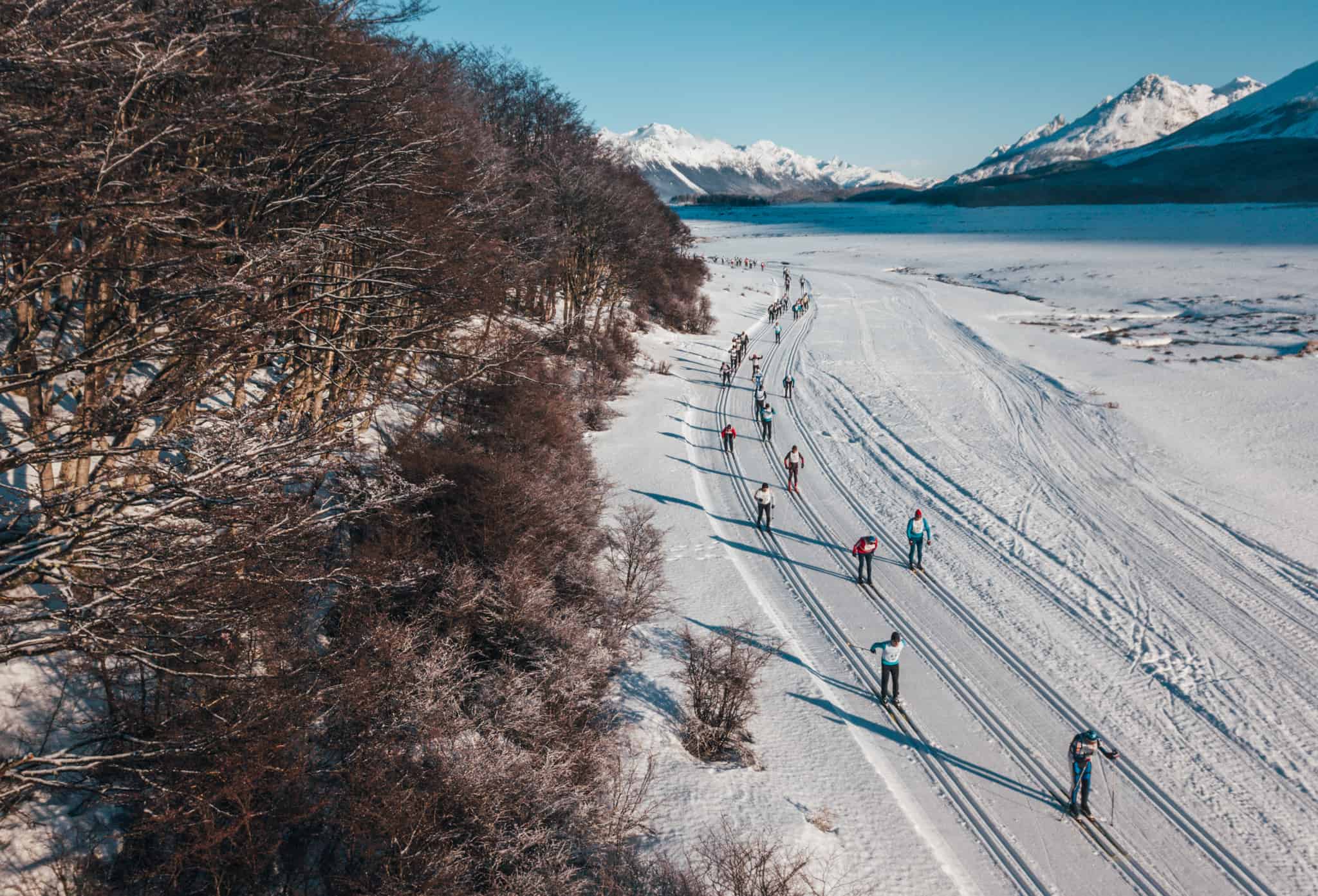
For the season 2018/-19, which we understand already started in August in Argentina, do Worldloppet have some special new destinations for the races, new concepts, competition types and so on which might be interesting for readers to know about?
JV:-In the upcoming year we are not going to have any new races. But in the last 2 years, some of the races have included night-time races in their program. So, if our member races are extending their calendar, then our calendar grows at the same time. The Worldloppet itself will also be renewed this winter, after 20 years. We have modernised our logo and we have also published a new website.
-We always keep our eyes open for races that matches our criteria. Unfortunately there are no solid candidates at the moment but hopefully, in a few years, we can expand geographically to more destinations. All our new races have received a warm welcome among our customers so far, so we continue to work in that direction.
Ski Planet
-We will also have a new format for Worldloppet-TV this winter. In cooperation with the French company Mizenboite we will produce a video ski magazine called Ski Planet to showcase the Worldloppet races and their attractions. In this new program we will not only focus on competing, but show the viewers more about the city, the restaurants and the local atmosphere. We believe that participating in the race itself is only part of the experience of the xc-marathons. In reality there is so much more to discover when traveling to a race.
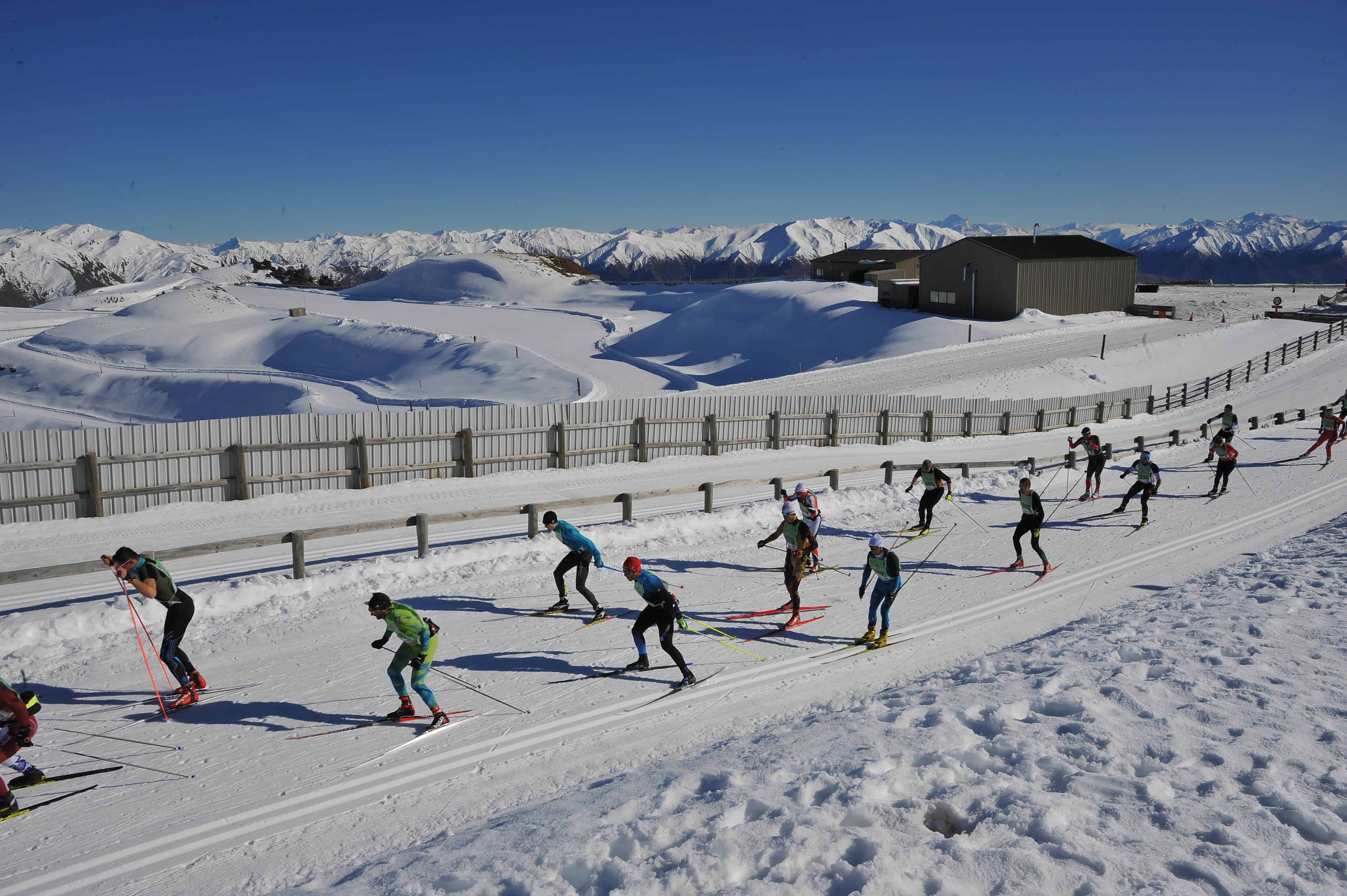
How well do they organize xc-marathon skiing races in Australia?
Some of the races are taking place at some pretty extraordinary places when it comes to cross-country skiing, winter and snow, like Argentina, Australia and New Zealand. Probably, many skiers, at least from Scandinavia and northern Europe are uncertain about what they will encounter in such exotic places; is snow the quality good, and are the race organizers accustomed to organizing skiing races, and so on…(?) Can you explain the readers how the process to include such locations and races are taking place, from the initial contact to make the framework and formal conditions for the whole race, and also how local partners (hotels, restaurants and others) are involved?
JV:-I have myself participated in Australia and New Zealand. Both races are professionally organized and everything works great. Before being taken into the Worldloppet family as a race, the organizers must prove their organizational capacity, infrastructure and in addition, financial stability. That’s the reason why belonging to the Worldloppet family is a seal of approval for a race. The races are inspected by Worldloppet-appointed inspectors who report their results to our annual meeting. These reports include all aspects, from getting visa to track quality. All the procedures for a candidacy take a minimum of 2 years.
Easier to travel and participate than one might think
-The exotic races also have travelling packages for skiers, making visiting the races as easy as possible. They even offer ski rental because of the risk that your baggage during the trip from Europe to New Zealand might not show up before the race. The snow there is the same snow as here in Scandinavia and Central Europe. The same wax also works there, but if racers want to use local ski wax it is possible to get help for that purpose at all locations.
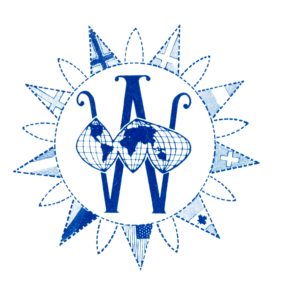
How is the spirit of cooperation and the unity between the Worldloppet organization and the various race organizers around all the countries and continents? One would suppose that it is a satisfactory and educational experience to cooperate with different people from other places around the world – with the same goal and dedication for xc-marathons?
JV:-Of course, working culture is different from country to country. But that’s part of the experience. Our Board members represent 4 different regions: north-, central-, eastern Europe, and overseas. In this way we maintain equal representation for the whole world.
-And yes, we have a good cooperative spirit and we respect each other. At our annual meetings all races are represented and have the opportunity to say what they may have on their mind. Through this gathering we have working groups to solve practical things for the everyday organization (garbage control, track preparation, media relations, registration systems). Having this opportunity to meet once a year and getting all this knowledge together is of great value. This is why Worldloppet has survived for so long and has had the most innovative race in their respective home countries. It is interesting that despite the different cultures and geographical localization, the organizers have very many common challenges. So yes, being a part of Worldloppet is also an educational experience.
-Make sure you have seen and experienced the places you travel to also
How would you describe a participation in a Worldloppet race in your own words? What is the difference from participating in a local xc-marathon?
JV:-You need to work out in the same way for a local race as for an international, there is no difference there. But traveling to a Worldloppet race requires more planning. It usually starts with finding a travel friend; The traditional Worldloppet racer usually travels with a friend or as a group of friends. Travelling with friends not only helps you share the cost but also the most important; to share your expectations and experiences. No one understands you better than the person who is in the same situation. Then you have to sign up for the race. Some races are sold out very quickly, so you have to plan your participation well in advance. Managing the logistics is the most difficult, especially if it is for a larger group. One big and emotional part is the preparation for the actual race, especially if there are difficult weather conditions. During the journey to a destination, skiers will usually also want to see some local sights and perhaps buy some specialities. At the start line, skiers usually look for familiar faces or just someone from the home country to exchange some words. Depending on the speed of the racer, one may end up skiing together for a couple of hours, so you have plenty of time to get to know each other. After the race, you have to find the place where you get your Worldloppet passport stamped, and thus, here you also meet people from other countries. So doing the actual race is just part of the whole experience. The main difference is the whole experience and the international atmosphere in combination. In the local race you typically know every curve of the track and know what to expect, but in new races there is something new behind every turn.
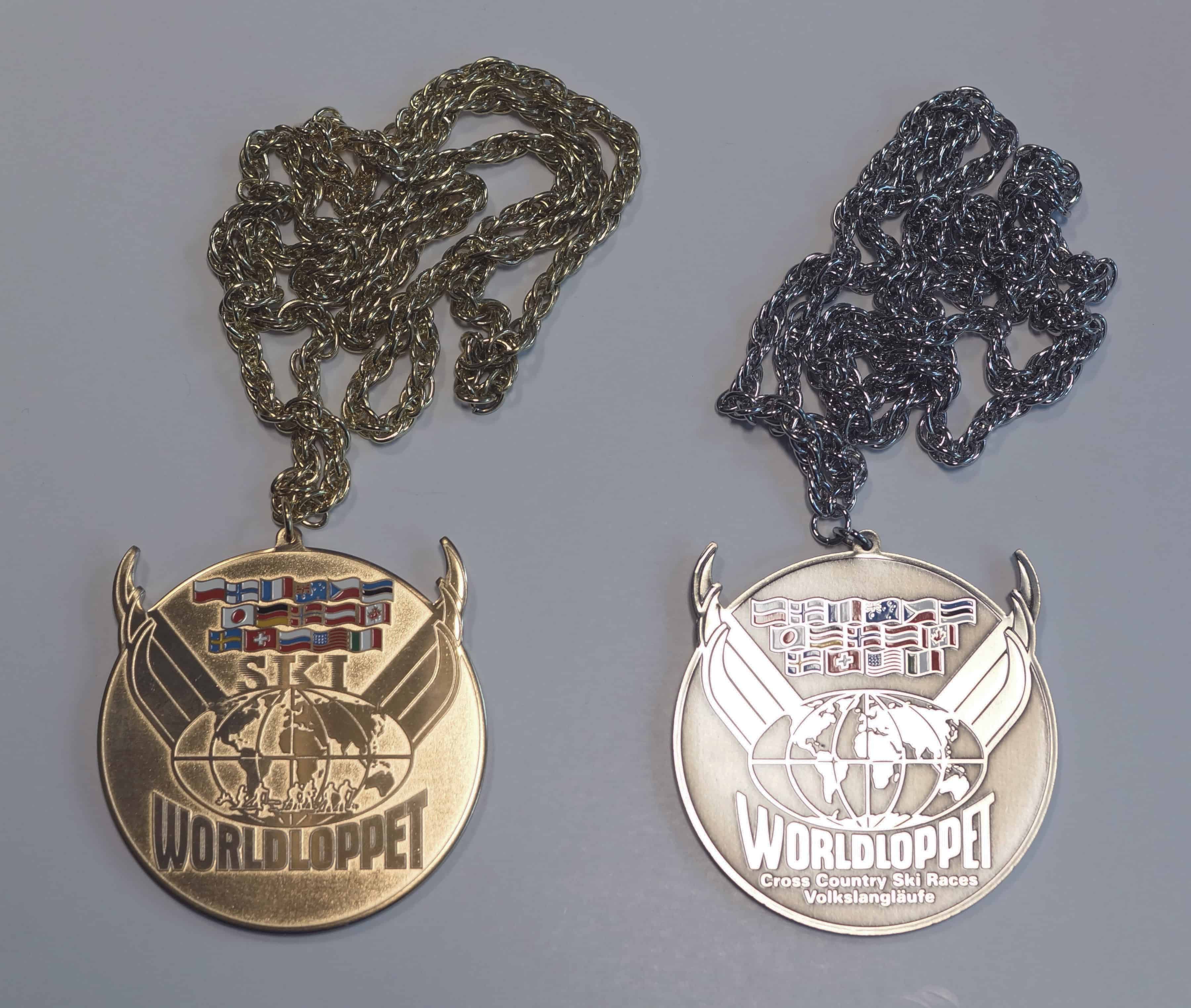
Worldloppet passport, master medals, logo emblems and global skier
How would you like to describe the different concepts one can read about on the Worldloppet website, such as the Worldloppet passport, the Master medals, the logo emblem, the Global skier and the short and long races? And why do you think people should pursue them, and finally, what is the average time it takes to achieve Gold Master status?
JV:-The Worldloppet passport and the goal of becoming a Worldloppet Master one day has provided many the needed motivation for training. These need a purpose with the training and Worldloppet provide it in an understandable way. To highlight what has been achieved, it must be celebrated in one form or another, and a Master’s medal is a nice memory that sums it all up. Global skier is the next step: If you have completed your Master and need more challenges you can try to participate in all Worldloppet races. Silver medal nomination was introduced when several races started with shorter versions of the original race in the mid-90 century. There were times of bad winters at the end of the 80´s and at the start of the 90´s, and these shorter races helped people back on skis after a long time of scarse snow conditions. Many elderly people with an active lifestyle who do not dare to visit the long races anymore, but who also don´t want to stay at home have found silver Master as attainable goals and it gives them a motivation to continue to ski and socialize.
-I would estimate that an average Worldloppet racer participates in one Worldloppet race per year. For myself it took 37 years to become a Worldloppet Master. So if you started long ago and maybe have had many years without any skiing you can always come back. Last year we opened our webshop where all masters can order ski clothing with their name and master number, and that has been a success. It shows that the skiers appreciate what they have achieved and would like to show it to others.
Have you participated in the races yourself, and do you have any special memories that you especially value, or endeavors that you are extra happy for or proud of, and do you have some personal favourites among the races?
JV:-I have participated in 13 different races and I have fond memories of all the races. The minute after I cross the finish line of a race I can think ´ never again ´, but after half an hour I have changed that attitude. You feel like you’ve done something for yourself. This is something that no one can take from you. Fossavtnsgangan in Iceland, Merino Muster in New Zealand, Ushuaialoppet in Argentina and Kangaroo hopped in Australia is for me exotic!
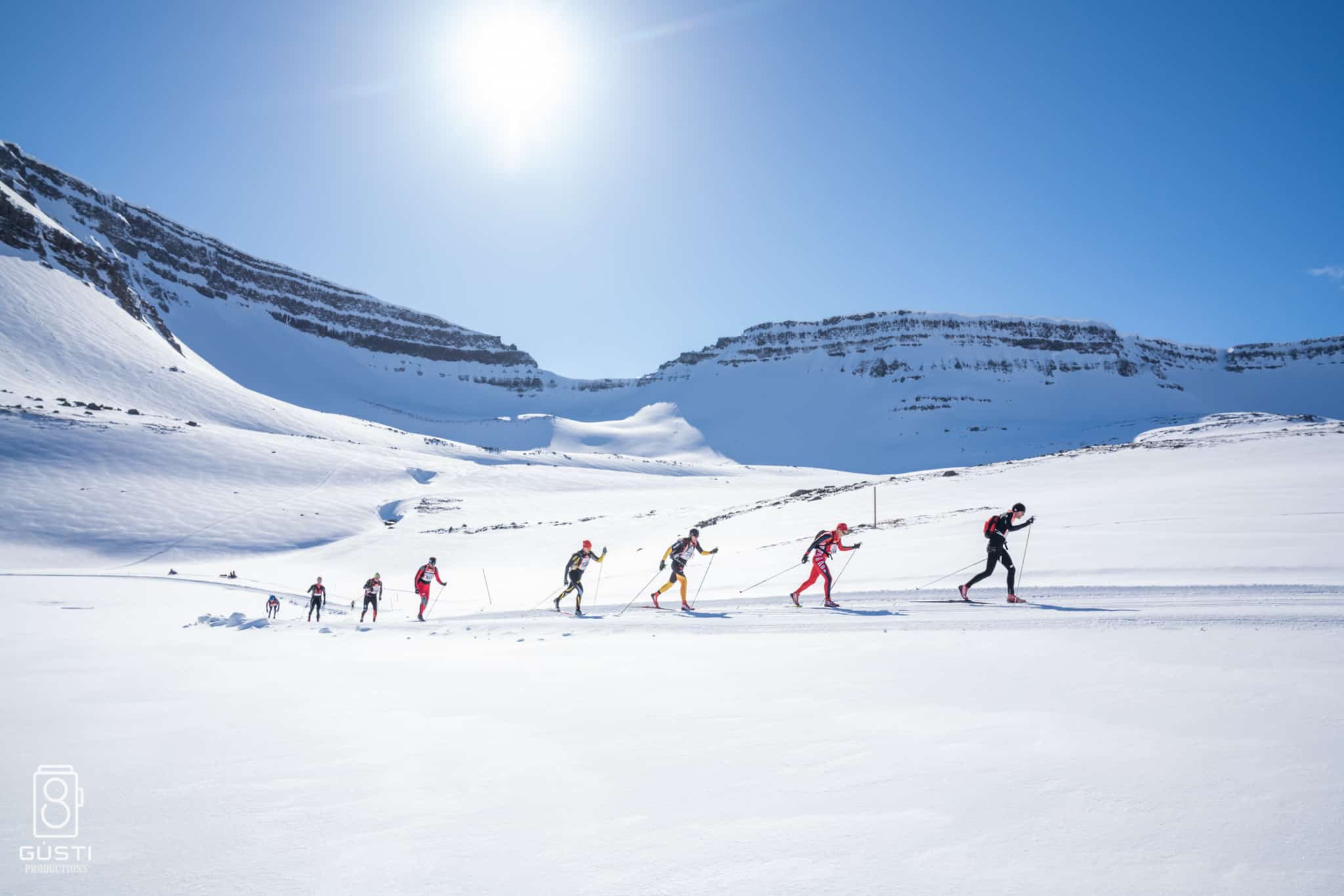
Travel more together!
Many skiers may think that traveling to different places, in terms of both time, money, and more practical things like accommodation and languages, etc., can be difficult to deal with. What are your best advice for them?
JV:-All over the world we have met skiers completely without language skills and all alone. In one way or another they have arrived and participated and been happy at the finish line despite all the hardships. It shows that everything is possible.
-The hardest thing is to start. For the first race I suggest to find a friend or group to sign up with and then you see that it is not as difficult as first thought. Xc-marathon racers are friendly and accommodating, and they are used to helping skiing friends. Every race organizer has over the years had participants in his office who have lost their skis or baggage on their way to the race, and everyone has managed to help them. People always go for holiday; just take this as another form of holiday. The part of your family that is not skiing can find appropriate activities around or close to the race, so this need not be a compromise with your husband or wife. The memories you get from such a vacation have a different value than lying on a beach somewhere.
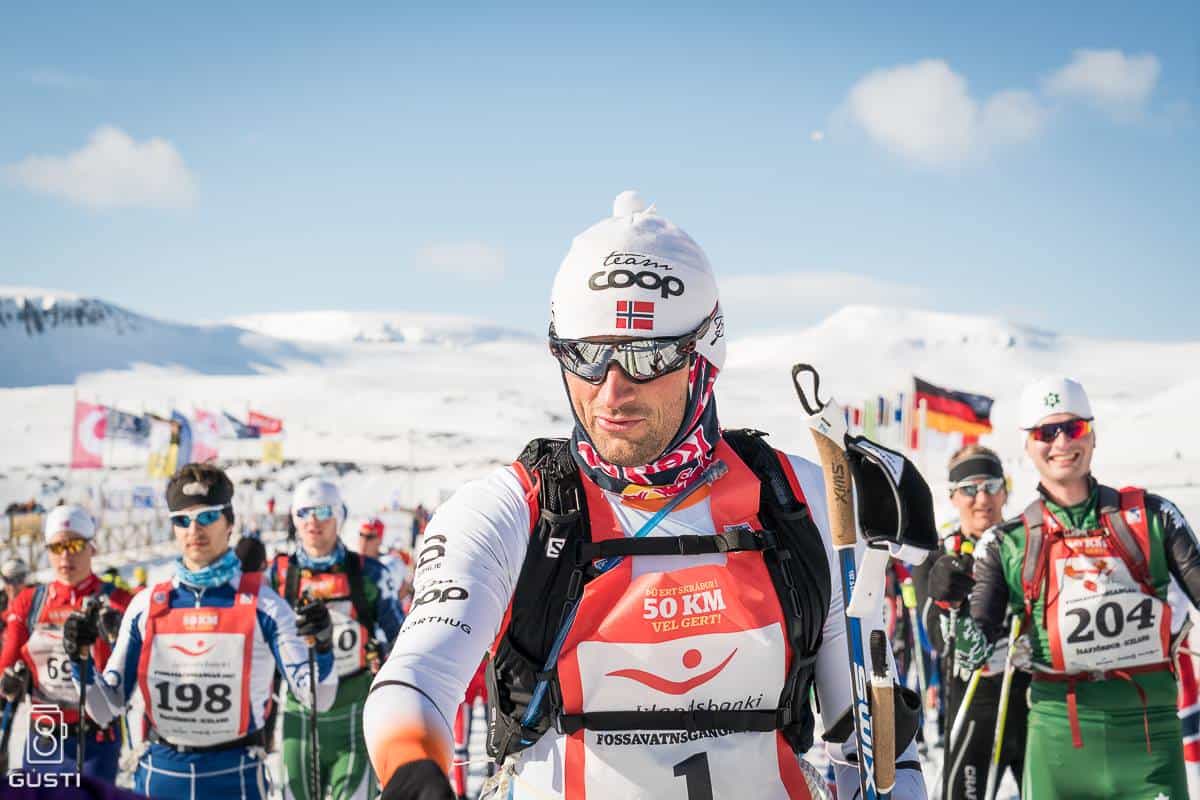
Special and good atmosphere among the participants
How would you describe the typical atmosphere in the races among the skiers, between the skiers and the organizers and perhaps even between the skiers and the locals – and finally how is the relationship between the experienced Masters, do they establish any kind of special ties between them?
JV:-Many races have special gatherings only for Worldloppet Masters. These events are highly valued among the racers, and here you can see the real brotherhood between the Masters. There are also many local Master clubs around the
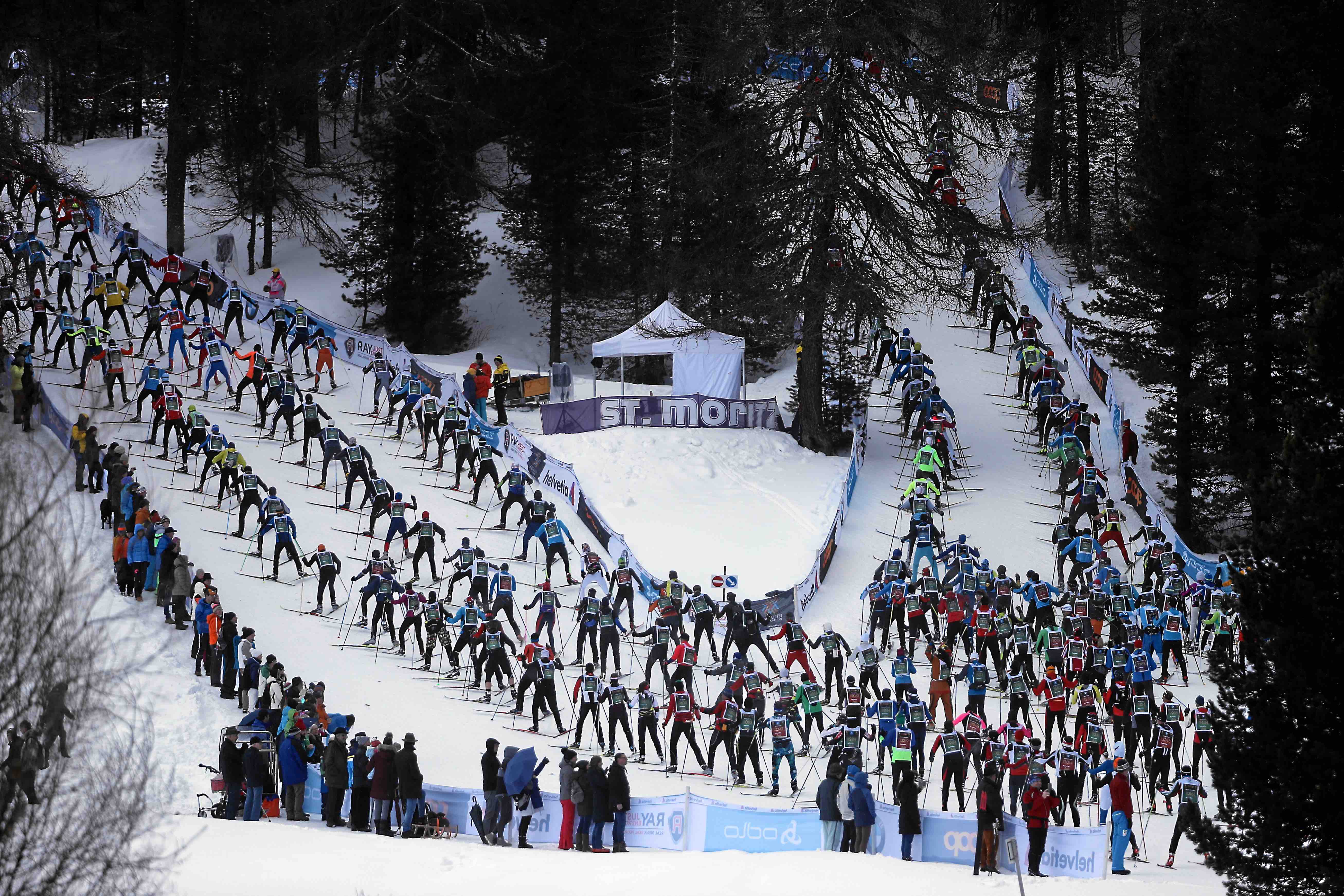
world, which helps through sharing their travel experiences with groups who are thinking of traveling. And of course, many friendships are also born during these races. The actual race day is a holy day for any xc-marathon race and you can feel this festival atmosphere on the venue. For many race organizers, it is perceived as a great honor that so many guests arrive because of their ski race.
Bjørn Dæhlie, Petter Northug, Dario Cologna
When it comes to elite skiers who may have won the FIS World Cup, World championships or Olympic medals, are there any special skiers who have found special interest in participating in the Worldloppet? How do they experience this concept and do they continue to participate over several years?
JV:-For me, they are the heroes that our skiers need. We have two concepts under the Worldloppet ´umbrella´: One is to pursue the Master title and the second is the ability to do ski races under the same conditions with professionals. Worldloppet racers like the possibility of standing on the starting line with the heroes they have otherwise only followed on TV. This exclusive opportunity is not available in many sports, where regular hobby exercisers can start with the elite. Elite racers enjoy these races not only because of the prizes but also because the atmosphere is so different than in the World Cup. The cross-country legend Bjørn Dæhlie has participated in many Worldloppet races over the years. Dario Cologna tries every year to participate in his hometown’s race Engadin Skimarathon, and Petter Northug has also participated in many Worldloppet races. Many World Cup racers continue their careers through the FIS Worldloppet Cup or the Ski Classics.
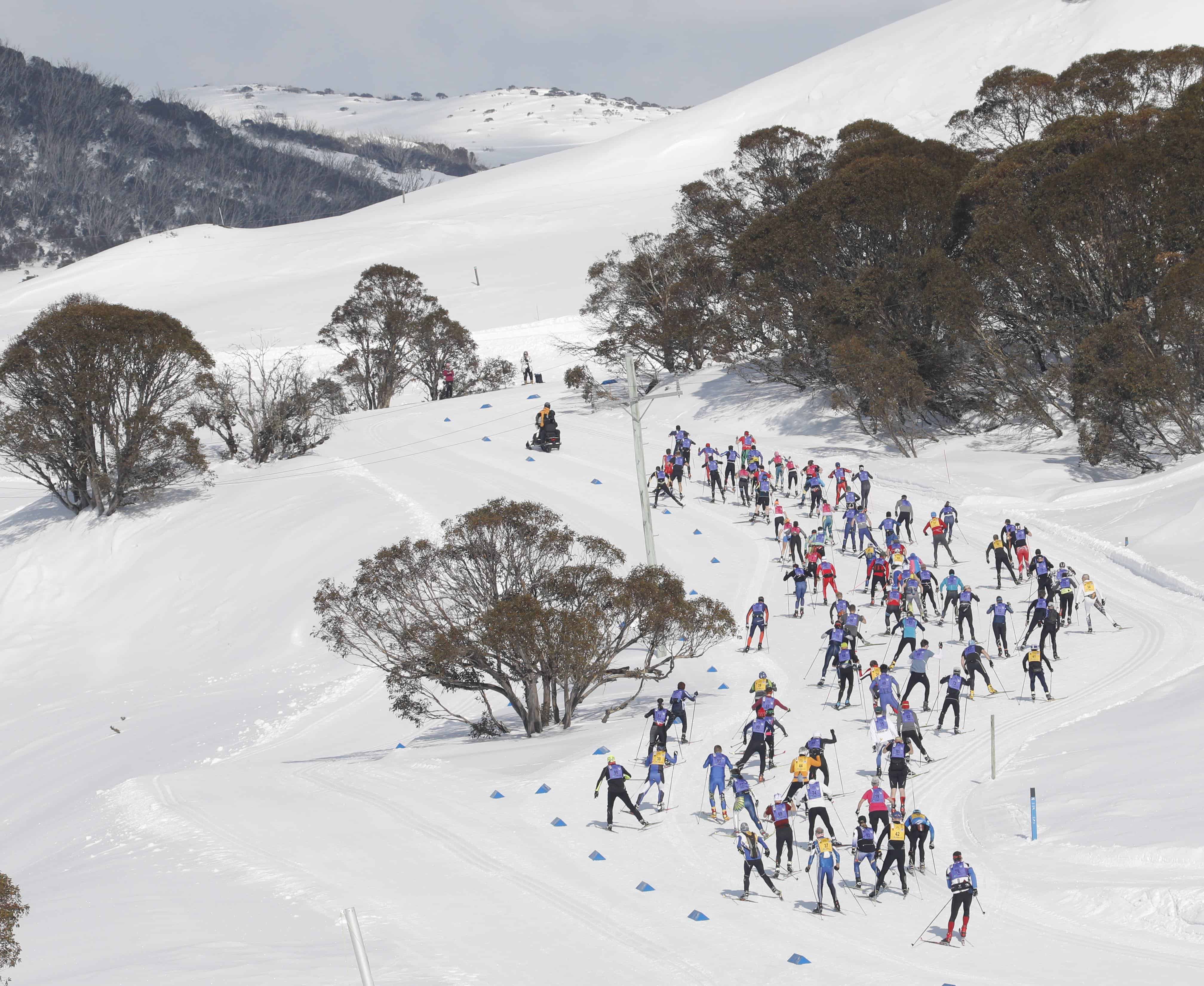
We have understood that only one race, and the best race, from any country can be a part of Worldloppet? What are the criteria for becoming the best race and is there any chance that races that are not on the schedule today can either ´ take over the ´ status from existing races or even be added as a second race in any country?
JV: -Recognition from the local association is necessary to determine what is the best race from a country, which can then fill a candidacy to be in Worldloppet. From Russia there were 4 candidates for Worldloppet and it took over 10 years to determine this candidate. Right now we do not have any cases where the Wordloppet status of a race is questioned, but it does not mean that it can not happen in the future.
But we are now working on a concept that allows you to have more than a race from a country as a member of Worldloppet. The best is the greatest when it comes to participation, well organized and traditional. My vision for the future is that we should open the Worldloppet for more races, and why no more races from the same country?
What about the climate?
Both in general and especially for cross-country many are concerned about climate change and precipitation patterns for the snow. Has this been a big problem for Worldloppet so far?
JV: -The climate change worry all of us who love the snow and activities on snow. Last season was good for us and no races were cancelled but we are aware about this problem. Many of our member races have worked backup plans to avoid cancellation. That means making artificial snow in different ways and saving the snow over the summer. We always discuss new technologies available and share our experiences at our annual meetings.
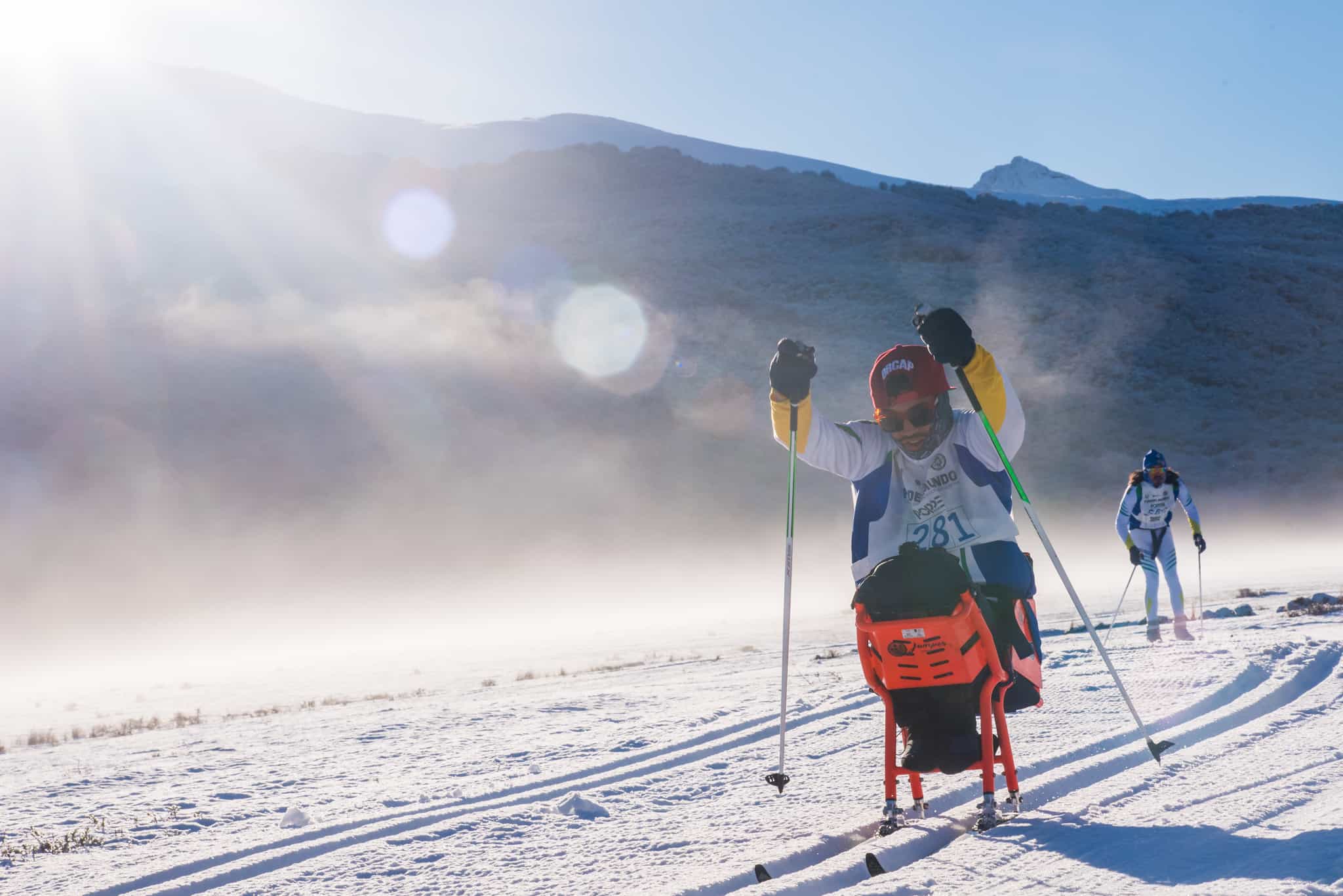
Ski Planet
Worldloppet TV/Ski Planet, what is it and how can people access it?
JV:-Worldloppet TV, or the new Ski Planet program can be seen on our website. It costs nothing, just find it at www.worldloppet.com and enjoy yourselves!
Finally, are there other things about Worldloppet that you would particularly like to address and tell the readers of xc-marathon.com about?
JV: -Every Worldloppet destination is interesting and worth trying out. I would like to encourage everyone to gain new experiences, they will not regret it.

